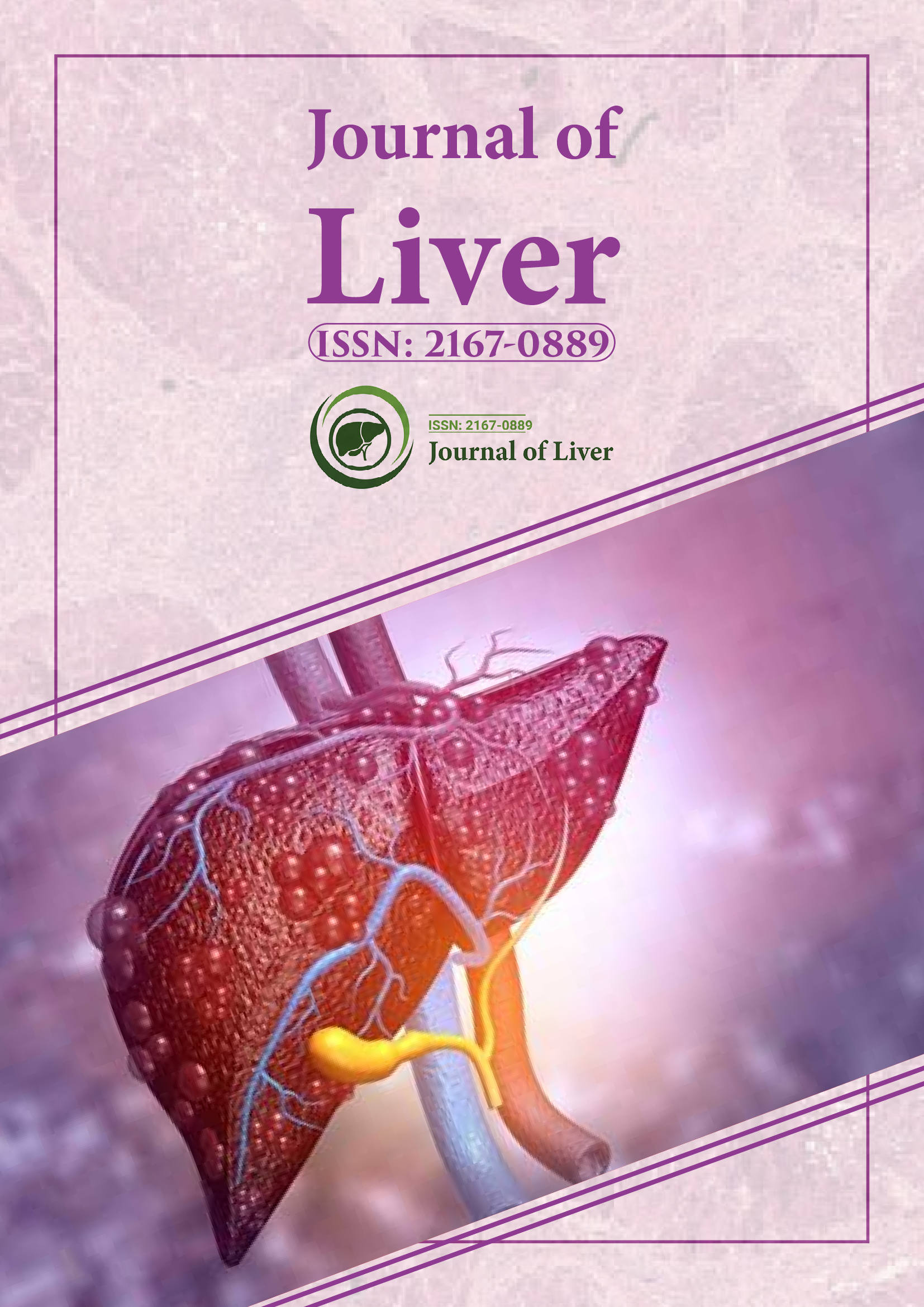Indexed In
- Open J Gate
- Genamics JournalSeek
- Academic Keys
- RefSeek
- Hamdard University
- EBSCO A-Z
- OCLC- WorldCat
- Publons
- Geneva Foundation for Medical Education and Research
- Google Scholar
Useful Links
Share This Page
Journal Flyer

Open Access Journals
- Agri and Aquaculture
- Biochemistry
- Bioinformatics & Systems Biology
- Business & Management
- Chemistry
- Clinical Sciences
- Engineering
- Food & Nutrition
- General Science
- Genetics & Molecular Biology
- Immunology & Microbiology
- Medical Sciences
- Neuroscience & Psychology
- Nursing & Health Care
- Pharmaceutical Sciences
Abstract
Demographic and Clinico-Pathological Characteristics of Egyptian Patients with Cholangiocarcinoma
Elsayed Mohamed Abdelaal,Essam Elshimi, Taha Yassin, Osama Hegazy, Mohamed Saad and Gamal A Badra
A study was conducted to identify the characteristic demographic and clinico-pathological features of Egyptian patients with CCA, in order to improve both early diagnosis and ultimate prognosis. We collected and reviewed the demographic, clinical, laboratory data and cholangiographic studies and treatment modalities of patients admitted with CCA in the National Liver Institute (NLI), Menoufiya University, Egypt between April 2008 and March 2010. In order to evaluate the life expectancy of patients, follow up analysis was done from the time of diagnosis until the end of the study march 2012. Results of the study showed that Ninety-two patients were admitted with CCA in the above mentioned period. The median age was 52.2 years. The patients constituted 52.2% distal CCA, 37% hilar CCA and 10.8% intrahepatic CCA. The prevalence of HCV antibody was 31%. ERCP and PTD were the main procedures for palliative drainage, Surgery was done for 14 cases: Whipple’s operation was done for 8 cases of distal CCA, surgical by pass for two cases of distal CCA, Hepatic resection was done for 4 cases of hilar CCA The mean survival time was 298 days with no significant difference in mean survival time between patients with different types of CCA. Cox’ proportional hazard model showed that the presence of liver cirrhosis was independent risk factors for worse survival with hazard ratio of 6.8. Age, sex, initial bilirubin level and type of the tumor were not significant factors affecting survival. Therefore, Egyptian patients with CCA presented at a younger age and had higher bilirubin level than other patients. They presented late, so that curative surgical resection was rarely feasible.
